Table of content
Stir-frying bitter gourd, or balsam pear as it is known in some regions, is an art form that combines simplicity with depth of flavor. This vegetable, though often shunned due to its bitter taste, is a treasure trove of nutrients, offering vitamins, minerals, and antioxidants that can greatly benefit your health. By mastering the technique of stir-frying bitter gourd, you can transform this sometimes-unappealing vegetable into a delightful dish that is both tasty and nutritious. In this comprehensive guide, we will explore every aspect of preparing and stir-frying bitter gourd, from selecting the perfect produce to enhancing its flavor through various cooking techniques.
Understanding Bitter Gourd: A Nutritional Delight
Before diving into the specifics of stir-frying, it’s essential to understand why bitter gourd is worth the effort. This vegetable is rich in vitamins A and C, which are vital for immune function and skin health. It also contains iron, which supports red blood cell production, and potassium, which aids in maintaining healthy blood pressure levels. Furthermore, bitter gourd is known for its hypoglycemic properties, making it a valuable addition to the diets of those managing blood sugar levels.
Despite its nutritional benefits, the bitter taste can be off-putting to some. However, through proper preparation and cooking techniques, this bitterness can be significantly reduced, making bitter gourd more palatable.
Selecting the Perfect Bitter Gourd
The first step in preparing a delicious stir-fry is selecting high-quality bitter gourd. Here are some tips to help you choose the best produce:
-
Appearance: Look for bitter gourds that are firm and have a bright green color. Avoid those with wrinkles, soft spots, or discoloration, as these are signs of spoilage.
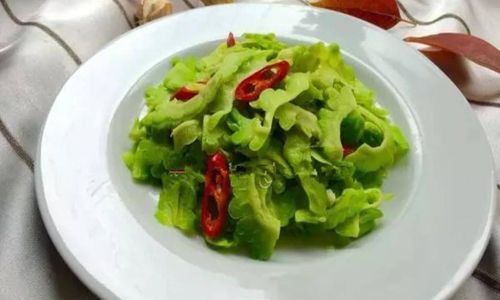
-
Size: Generally, smaller bitter gourds tend to be less bitter than larger ones. However, this can vary depending on the variety and growing conditions.
-
Freshness: The stem should be green and fresh, not dried out or brown. This indicates that the vegetable was recently harvested.
-
Weight: Pick bitter gourds that feel heavy for their size. This is a sign that they are juicy and full of flavor.
Preparing Bitter Gourd for Stir-Frying
Once you have selected the perfect bitter gourds, it’s time to prepare them for stir-frying. Here’s a step-by-step guide:
-
Washing: Rinse the bitter gourds under cold running water to remove any dirt or pesticides. Pat them dry using a clean kitchen towel or paper towels.
-
Slicing: Cut the bitter gourds into thin slices or half-moons. The thinner the slices, the less bitter the final dish will be, as the bitterness is concentrated in the skin and seeds.

-
Deseeding (Optional): If you prefer a less bitter taste, you can deseed the bitter gourds by slicing them lengthwise, scooping out the seeds with a spoon, and then slicing them as desired.
-
Soaking (Optional): Some recipes recommend soaking bitter gourds in saltwater for about 30 minutes to draw out some of the bitterness. Rinse them thoroughly after soaking and pat them dry.
-
Blanching (Optional): Blanching the slices in boiling water for a couple of minutes can also reduce bitterness. However, this step should be followed by an immediate rinse in ice-cold water to stop the cooking process and preserve the vibrant green color.
Stir-Frying Bitter Gourd: The Basics
Now that your bitter gourds are prepared, it’s time to stir-fry them. Here’s a basic recipe to get you started:
Ingredients:
- 2 medium-sized bitter gourds, prepared as described above
- 2 tablespoons vegetable oil (such as canola or peanut oil)
- 3 cloves garlic, minced
- 1 small onion, sliced thinly
- 1 red bell pepper, deseeded and sliced into strips (for added sweetness and color)
- 1 teaspoon salt (adjust to taste)
- 1/2 teaspoon black pepper (optional)
- 1/2 teaspoon sugar (optional, to balance the bitterness)
- 1 tablespoon soy sauce or tamari (for a gluten-free option)
- 1 tablespoon oyster sauce (optional, for added umami)
- 1/4 cup water or vegetable broth (optional, to create a sauce)
- Fresh cilantro or parsley for garnish (optional)
Instructions:
-
Heat the Pan: Place a wok or large skillet over medium-high heat and add the vegetable oil. Allow the oil to heat up until it shimmers but not smoke.
-
Aromatics: Add the minced garlic and sliced onion to the hot oil. Stir-fry for about 30 seconds to 1 minute until fragrant and the onion begins to soften.

-
Vegetables: Add the prepared bitter gourd slices and red bell pepper strips to the pan. Stir-fry for about 5-7 minutes, stirring occasionally, until the vegetables are tender-crisp and slightly browned.
-
Seasoning: Add the salt, black pepper, and sugar (if using) to the pan. Stir well to combine and coat the vegetables evenly with the seasonings.
-
Sauces: Pour in the soy sauce and oyster sauce (if using). Stir-fry for another 1-2 minutes, allowing the sauces to coat the vegetables and develop flavor.
-
Moisture: If you prefer a sauceier dish, add the water or vegetable broth to the pan. Stir well and cook for an additional 1-2 minutes until the liquid has reduced slightly and thickened into a glossy sauce.
-
Taste and Adjust: Taste the stir-fry and adjust the seasoning as needed. Add more salt, pepper, or sugar to balance the flavors.
-
Garnish and Serve: Remove the stir-fry from heat and garnish with fresh cilantro or parsley if desired. Serve immediately while hot.

Enhancing Your Stir-Fry: Advanced Techniques and Variations
While the basic recipe is delicious, there are many ways to elevate your bitter gourd stir-fry. Here are some advanced techniques and variations to try:
-
Marinating: Before stir-frying, marinate the bitter gourd slices in a mixture of soy sauce, garlic, ginger, and a touch of sugar for about 30 minutes. This will deepen the flavor and further reduce bitterness.
-
Adding Protein: Stir-fry some tofu, tempeh, chicken, shrimp, or beef along with the bitter gourd for a more filling dish. Adjust the cooking time based on the protein you choose to ensure it is cooked through.
-
Using Different Oils: Experiment with different oils such as sesame oil for a nutty flavor, or chili oil for a spicy kick.
-
Incorporating Aromatics: Add other aromatics like fresh ginger, scallions, or shallots to the stir-fry for additional layers of flavor.
-
Sauce Variations: Try making your own stir-fry sauce by combining soy sauce, rice vinegar, honey or maple syrup, sesame oil, and cornstarch to thicken. This will give your dish a unique and delicious flavor profile.

-
Serving Suggestions: Serve your bitter gourd stir-fry over a bed of steamed rice or noodles for a complete meal. You can also pair it with other stir-fried vegetables or a simple green salad.
Conclusion
Stir-frying bitter gourd may seem like a daunting task, but with the right techniques and ingredients, you can transform this nutritious vegetable into a delightful and flavorful dish. By selecting high-quality bitter gourds, preparing them properly, and experimenting with different cooking methods and flavors, you can create a stir-fry that is both satisfying and healthy. Whether you’re a seasoned chef or a home cook looking to expand your repertoire, mastering the art of stir-frying bitter gourd will undoubtedly add a new dimension to your culinary skills. So, don your apron, heat up your wok, and embark on a culinary journey that will leave you with a delicious and nutritious meal. Bon appétit!

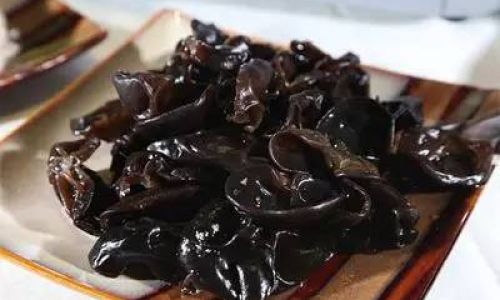
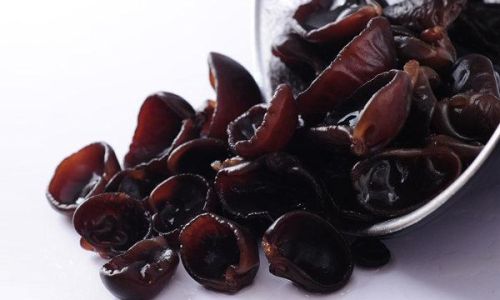
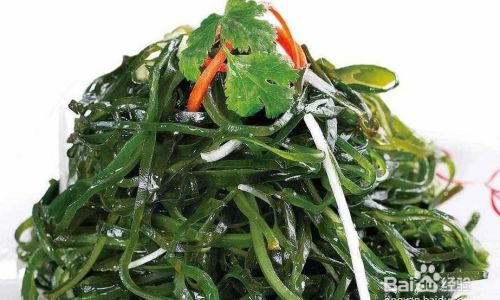
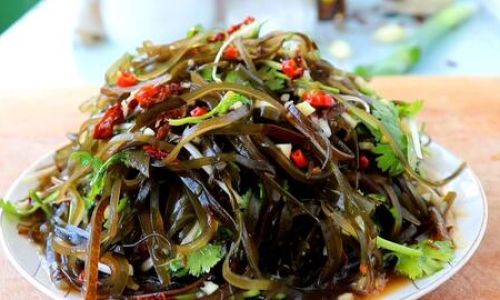
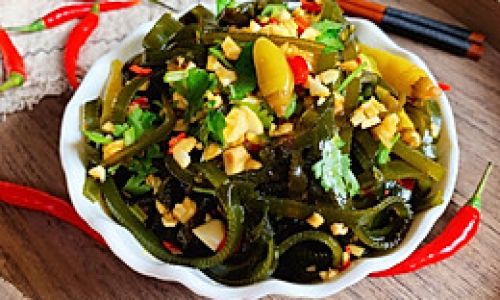
0 comments